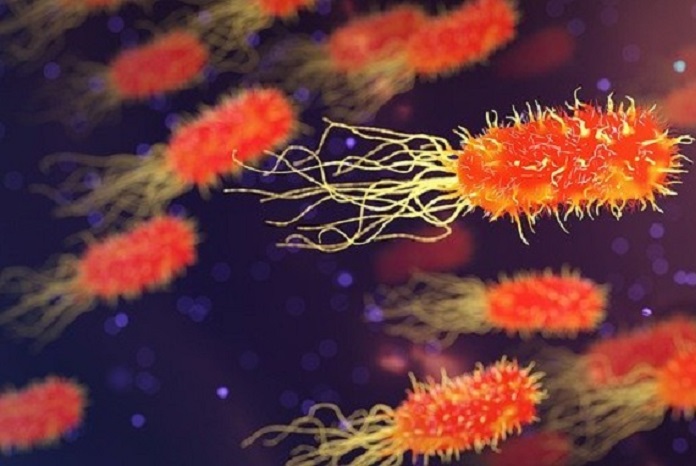A recent review of the role of gut microbiota and type 2 diabetes underscores the need for more research in order to develop microbiota as tools in the fight against diabetes.
According to the World Health Organization, diabetes was directly related to the deaths of around 1.6 million people around the world in the year 2016 alone. In addition to family history, sedentary lifestyle, and diet, there is increasing evidence that micro-organisms in the gut (microbiota) play an important role in the development of type 2 diabetes. However, despite the growing evidence for the role of gut bacteria in type 2 diabetes, consensus on the role of different families of bacteria in the development of this disease is lacking. To address this problem, researchers from Oregon State University, USA have published a systematic review of 42 human studies on the associations between microbial families and type 2 diabetes. This review was published in the journal EBioMedicine.
While the researchers were unable to find any consensus on specific microbial communities being implicated in the development of diabetes, some groups of bacteria show an association with either presence or absence of the disease. For example, a decrease in at least one of these five distinct families of bacteria that include Bacteroides, Roseburia, Faecalibacterium, Akkermansia and Bifidobacterium families of bacteria is consistently associated with protection from type 2 diabetes. In contrast, the Lactobacillus family of bacteria shows divergent associations with type 2 diabetes and the specific effects of the bacteria on diabetes appear to be species-specific. For example, L.acidophilus, L.gasseri, L.salivarius were increased and L. amylovorus was decreased in diabetes patients.
Gut bacteria can influence the development and progression of type 2 diabetes in several ways. Certain species of bacteria can cause changes in glucose metabolism either directly by affecting the digestion of sugars or indirectly by affecting the production of hormones that control the process of digestion. For instance, Bifidobacterium lactis can cause an increase in glycogen synthesis — the main storage form of glucose in the body — while also increasing glucose uptake, thus reducing blood sugar levels.
Gut bacteria can also affect intestinal barrier functions. Type 2 diabetes causes an increase in intestinal permeability, resulting in leakage of gut microbial products such as lipopolysaccharides into the blood. Floating lipopolysaccharides in the blood can create chronic long-term inflammation in the body. Two bacterial species, B. vulgatus and B.dorei, upregulate the genes involved in maintaining the intestinal barrier, thus reducing intestinal permeability.
Gut bacteria can also affect the activity of drugs. A recent study showed that a probiotic- B.animalis along with prebiotic polydextrose and sitagliptin (a diabetes drug) was effective in reducing several diabetes parameters. There are also indications that combining prebiotic polysaccharide with metformin and sitagliptin reduced high blood sugar levels to a larger extent than using the drugs alone.
The systematic literature review described here concludes that while there is greater understanding in the role of certain microbial families in the pathophysiology of type 2 diabetes, simple interpretations and solutions are still elusive due to the high degree of variation in both the disease manifestation and the impact of gut microbes on the disease.
Written by Bhavana Achary, Ph.D
References:
Gurung M, Li Z, You H, Rodrigues R, Jump DB, Morgun A, Shulzhenko N. Role of gut microbiota in type 2 diabetes pathophysiology. EBioMedicine. 2020 Jan;51:102590.
Prevalence of diabetes in the US – https://www.cdc.gov/diabetes/basics/type2.html
Global prevalence of diabetes – https://www.who.int/news-room/fact-sheets/detail/diabetes
Image by Arek Socha from Pixabay



